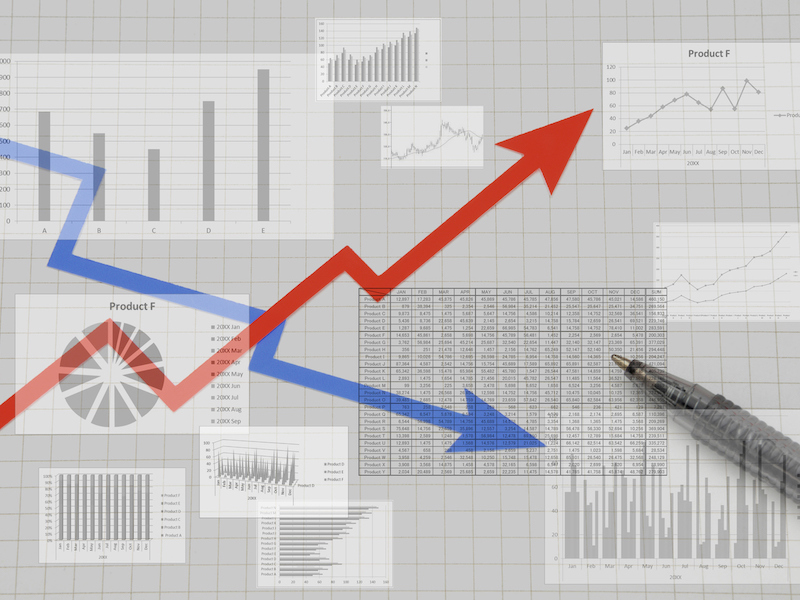
Thanks to weaker-than-expected August wholesale sales, Scotiabank’s quarterly GDP forecasting model edged lower for the third quarter.
Statistics Canada reported that wholesale sales rose by 0.3% month-over-month in August, to $70.3 billion. While this marked the first increase after two months of declines, the gain was lower than the 0.5% that StatsCan initially saw.
As a result of the softer data, the model forecast for Q3 GDP from Scotiabank Economics slipped to 2.86% from 2.96%.
StatsCan noted that the modest overall increase in wholesale sales reflected some disparate underlying trends.
About half the wholesale categories (including food, beverage, building materials, and miscellaneous products) saw sales jump 2.9%, while the other sub-sectors saw a combined 2.1% drop in sales.
The food and beverage category led with a 3.8% increase for August, finally recovering to its pre-pandemic level for the first time since March 2020, as public health restrictions eased and more restaurants reopened.
Conversely, sales dropped 4.2% in the auto sector, reflecting ongoing global supply chain disruptions.
StatsCan also reported that wholesale inventories increased for a fourth straight month in August, rising 1.7% to $97.3 billion, representing a record level.
The building materials category led the way with a 4.2% monthly increase in inventories to a record high of $18.2 billion.
The auto sector was a persistent weak spot, with wholesale inventories dropping 4.5% in August.
Scotiabank said that the data didn’t provide any “tangible evidence of improvement in supply shortages so far.” The bank also noted that “the strength in building materials [is] likely temporary, given that housing starts have been gradually coming down over the summer.”